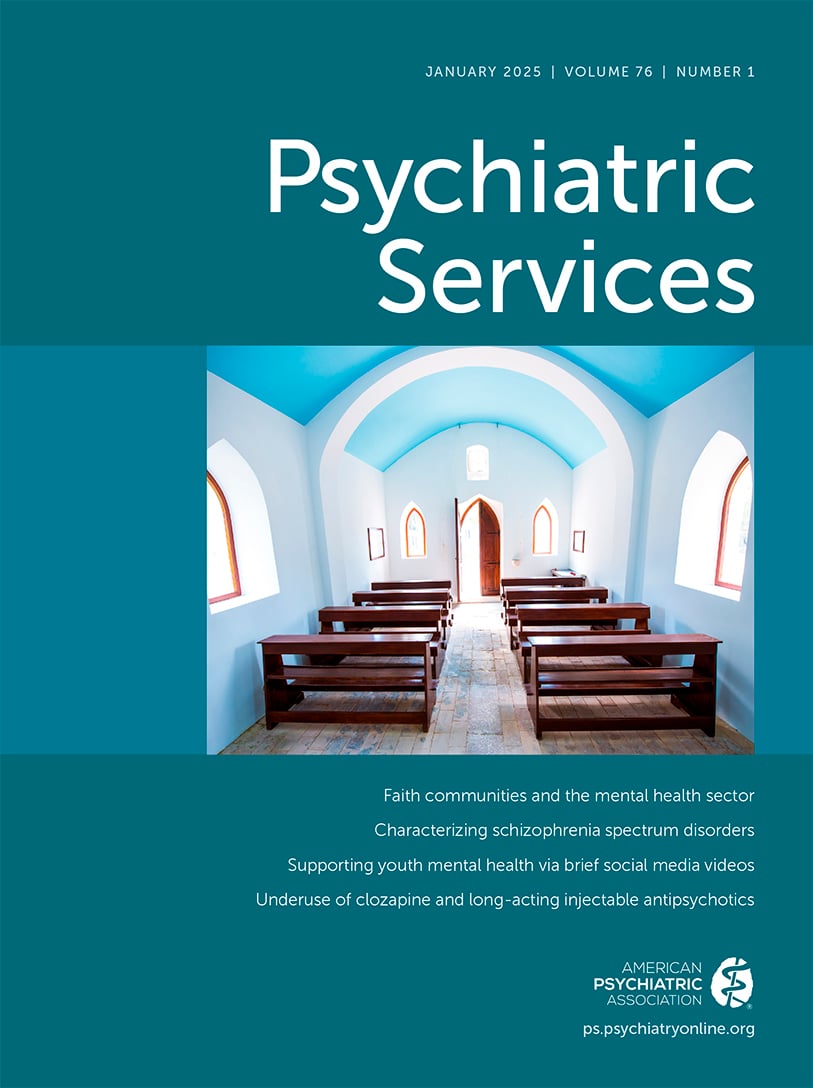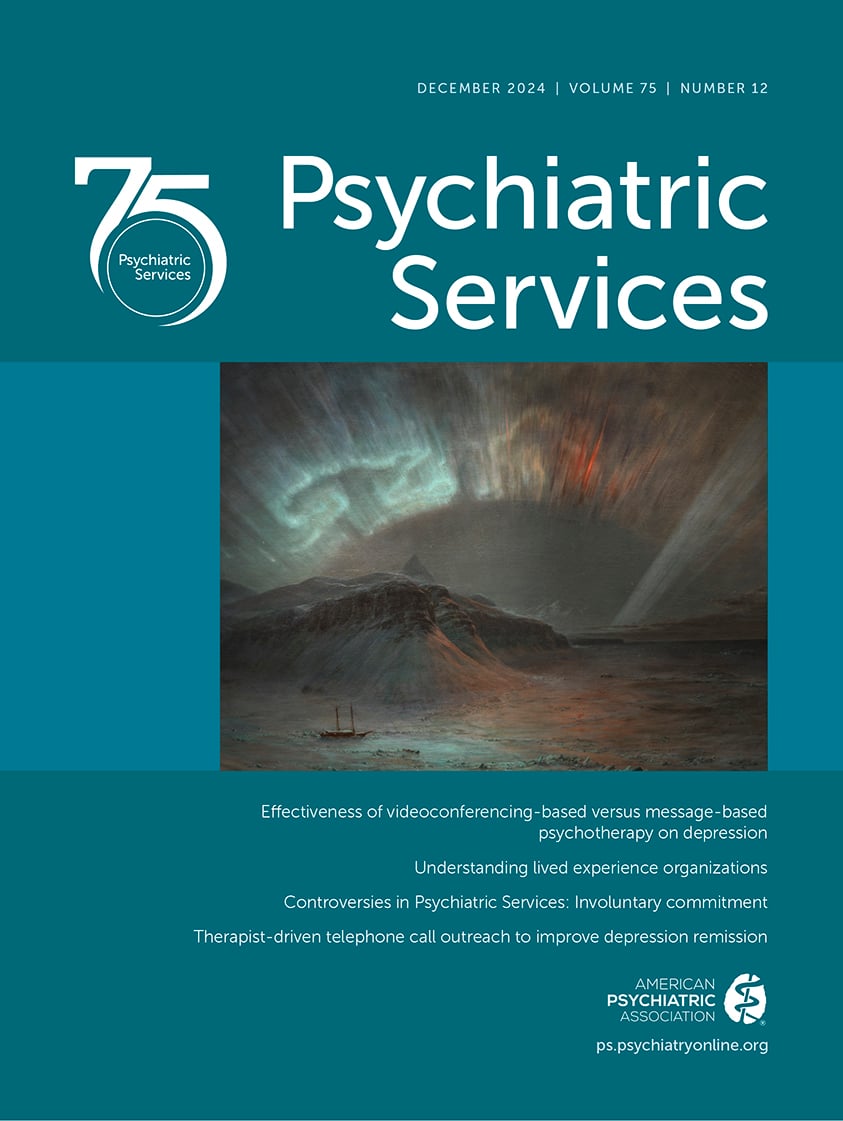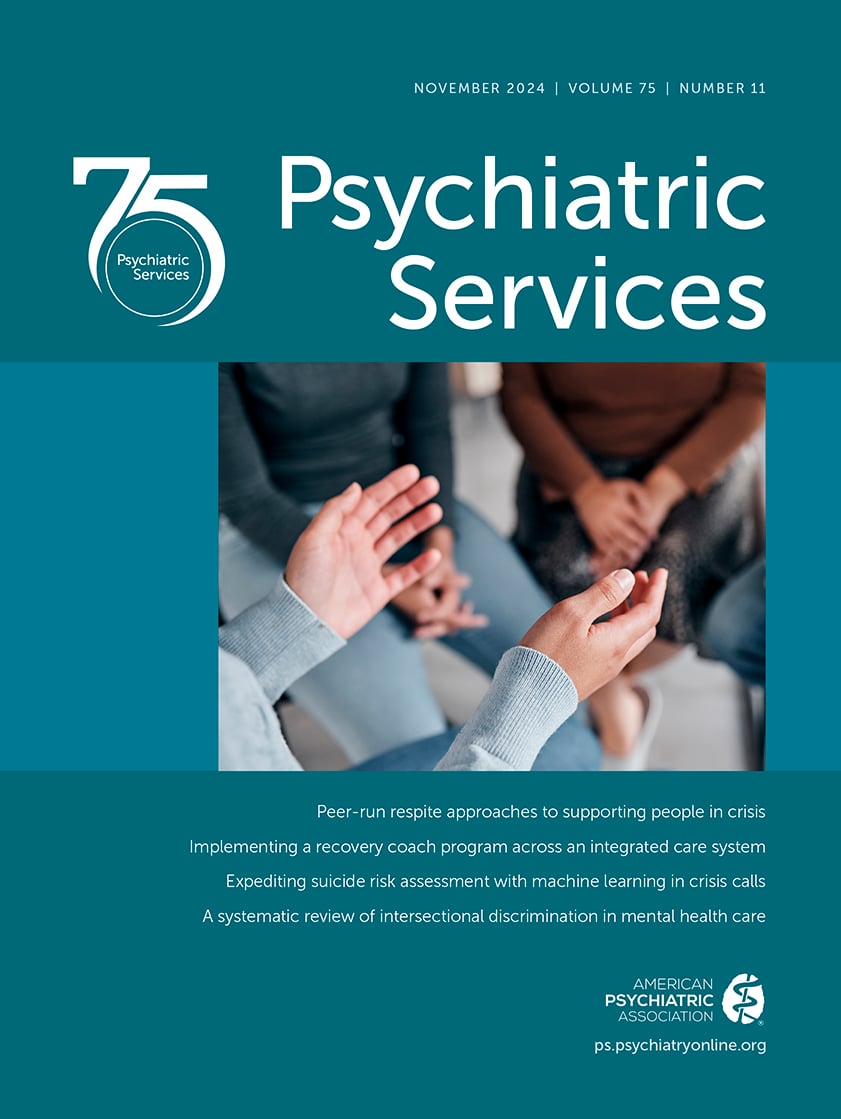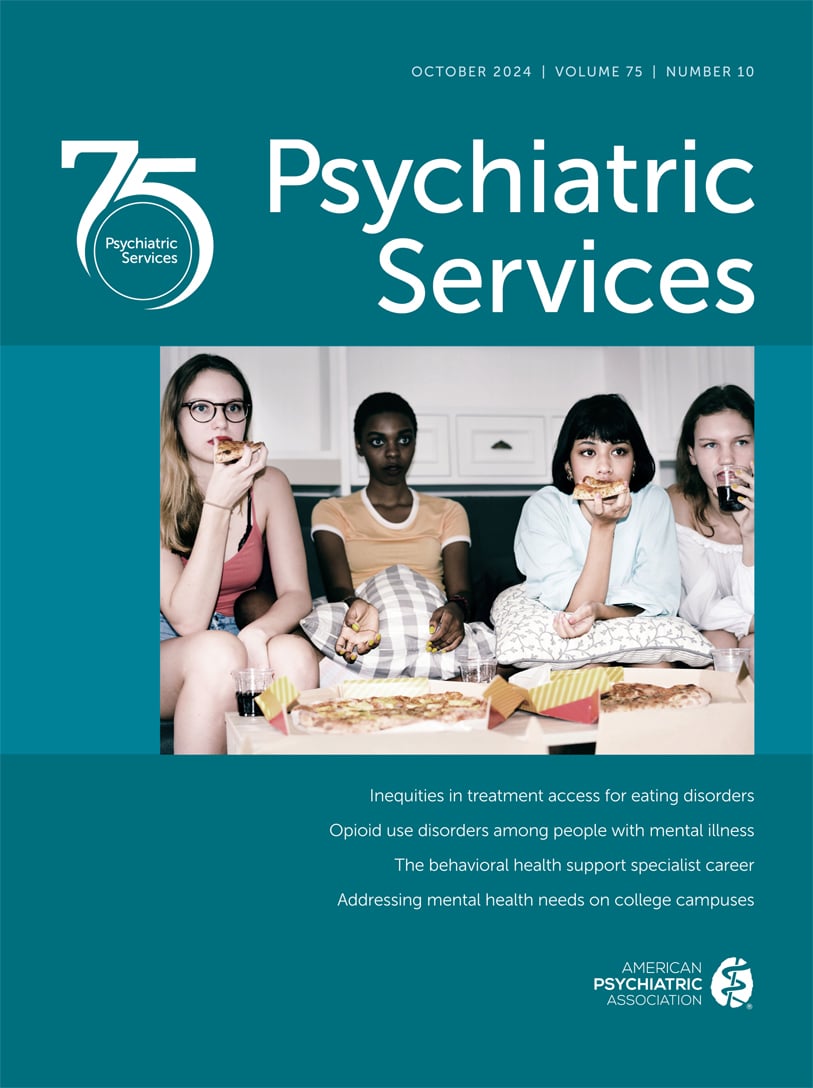Psychiatric Services
- Volume 43
- Number 11
- November 1992
Article
Publication date: 01 November 1992
Pages1083–1090Many health policy reformers and researchers in the United States have focused on the Canadian health care system and its lessons for design of a national health care program in the U. S. Yet minimal attention has been given to Canadian mental health ...
https://doi.org/10.1176/ps.43.11.1083Publication date: 01 November 1992
Pages1091–1094The U. S. health care system is in the midst of a severe crisis. More than 50 million Americans are uninsured or underinsured. Medicare and Medicaid are not adequately serving populations in need. Analyses and reform proposals are often based on biased ...
https://doi.org/10.1176/ps.43.11.1091Publication date: 01 November 1992
Pages1095–1099in the second part of a two-part paper, the three major proposals for U. S. health care reform—the government-sponsored model, the employment-based model, and the market reform model—are reviewed. Barriers to their success include the currect economic ...
https://doi.org/10.1176/ps.43.11.1095Publication date: 01 November 1992
Pages1100–1103Long-term institutionalization has been the primary treatment for mentally ill patients in Japan since the early 1920s. The average length of stay in a Japanese mental hospital in 1989 was 496 days, 41 times the average stay of patients in the United ...
https://doi.org/10.1176/ps.43.11.1100Publication date: 01 November 1992
Pages1104–1108Within the publicly funded mental health service delivery system, debate continues over what constitutes a fair and just system for special populations. To determine a system's fairness, the author proposes a conceptual framework in which two standards of ...
https://doi.org/10.1176/ps.43.11.1104Publication date: 01 November 1992
Pages1109–1113Fragmentation in the delivery of community support services is often identified as a major barrier to persons with severe mental illness, preventing them from living productive lives in the community. In Nassau County, New York, in 1989 a voucher process ...
https://doi.org/10.1176/ps.43.11.1109The Role of General Hospitals in the Privatization of Inpatient Treatment for Serious Mental Illness
Publication date: 01 November 1992
Pages1114–1119For almost three decades, many have regarded general hospital psychiatric units as the most appropriate setting for acute treatment of persons with serious mental illness who were once treated mostly in state hospitals. The extent to which this transfer ...
https://doi.org/10.1176/ps.43.11.1114Publication date: 01 November 1992
Pages1120–1126A fixed-prepayment system (casebased reimbursement) for patients initially requiring hospital-level care was evaluated for one year through an arrangement between a private nonprofit psychiatric hospital and a self-insured company desiring to provide ...
https://doi.org/10.1176/ps.43.11.1120Publication date: 01 November 1992
Pages1126–1129Managed care organizations have become significantly involved in health care in the Denver metropolitan area. Their presence has challenged psychiatric hospitals to reduce costs and length of stay. In 1990, a locked private psychiatric unit was ...
https://doi.org/10.1176/ps.43.11.1126Publication date: 01 November 1992
Pages1143–1145In theory, California's State-Local Program Realignment Act could facilitate an expansion of local community mental health systems and give local governments another chance to improve the lives of seriously mentally ill people. Whether the resources ...
https://doi.org/10.1176/ps.43.11.1143Publication date: 01 November 1992
Pages1145–1147The experience of our private hospital in the managed care environment in Colorado in the last decade suggests several lessons for facilities in other states that may soon face a similar environment. •Avoid garnering too much business from one source. One ...
https://doi.org/10.1176/ps.43.11.1145Past Issues
View Issues Archive
Vol. 76 | No. 1

Vol. 75 | No. 12

Vol. 75 | No. 11
